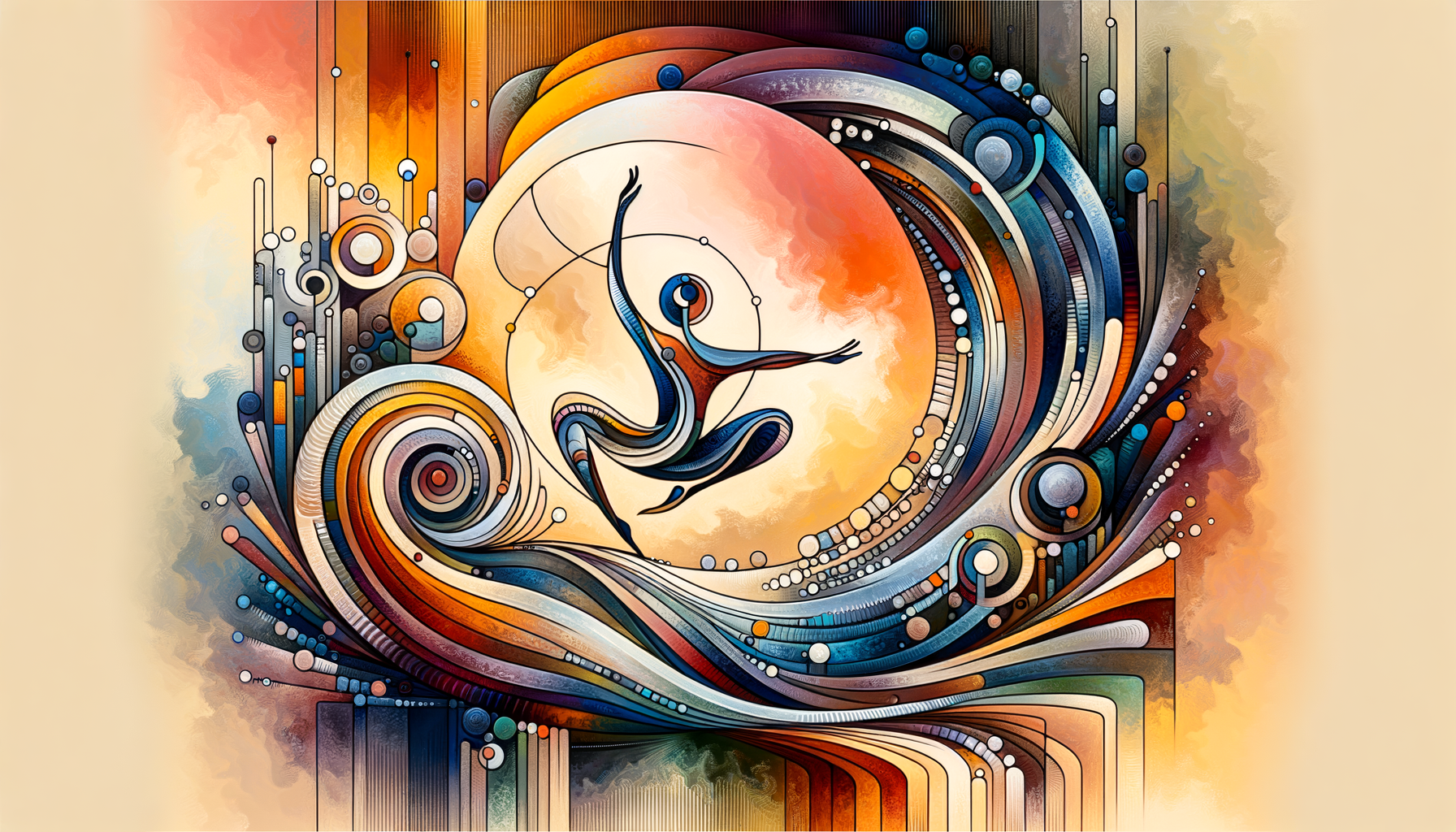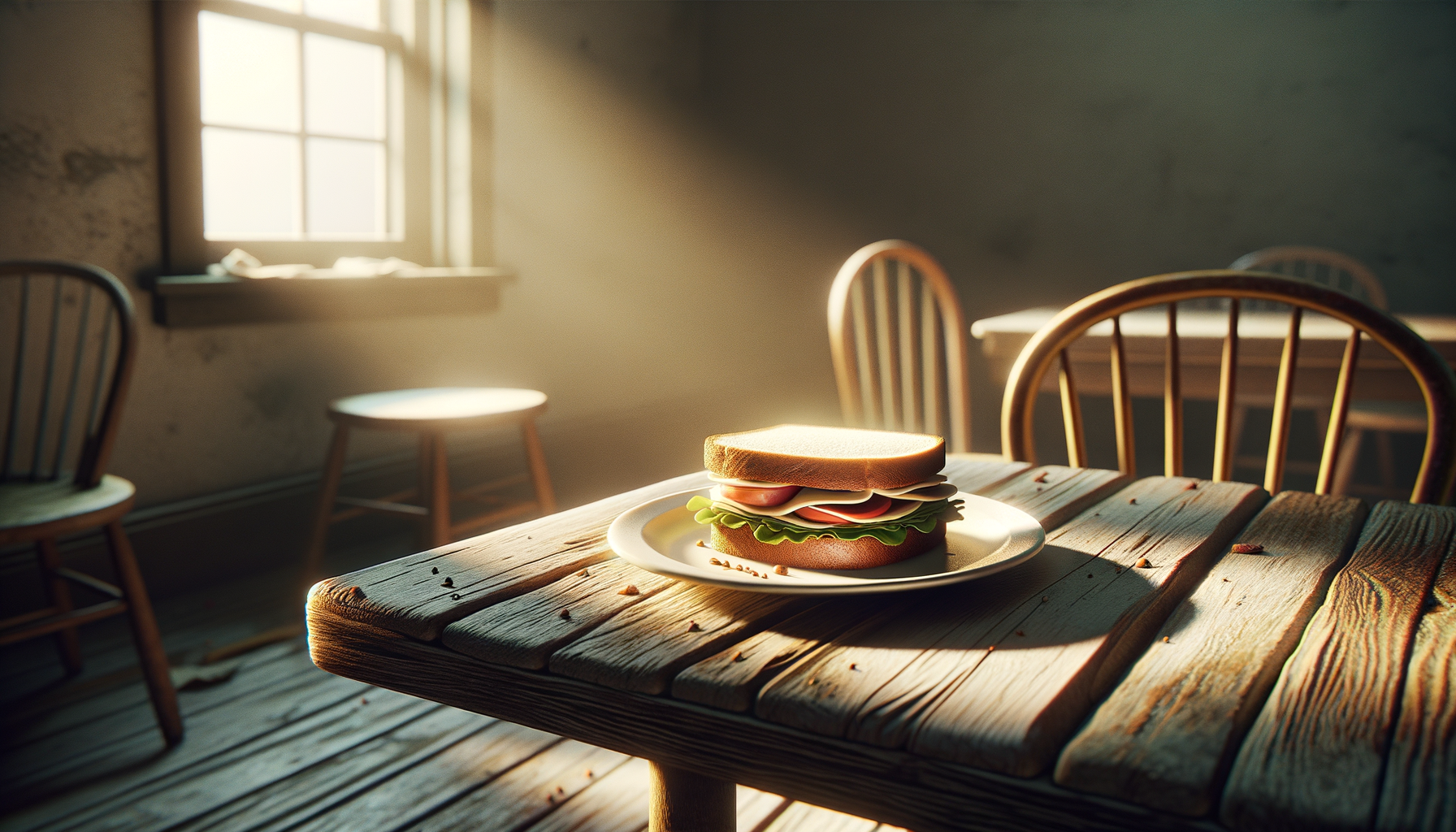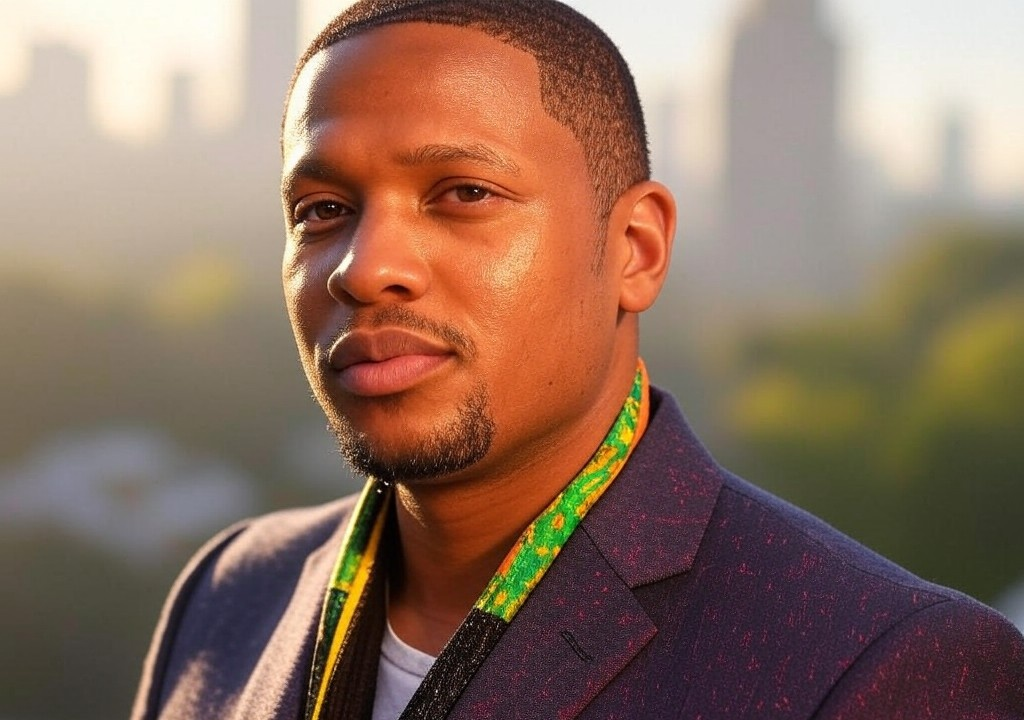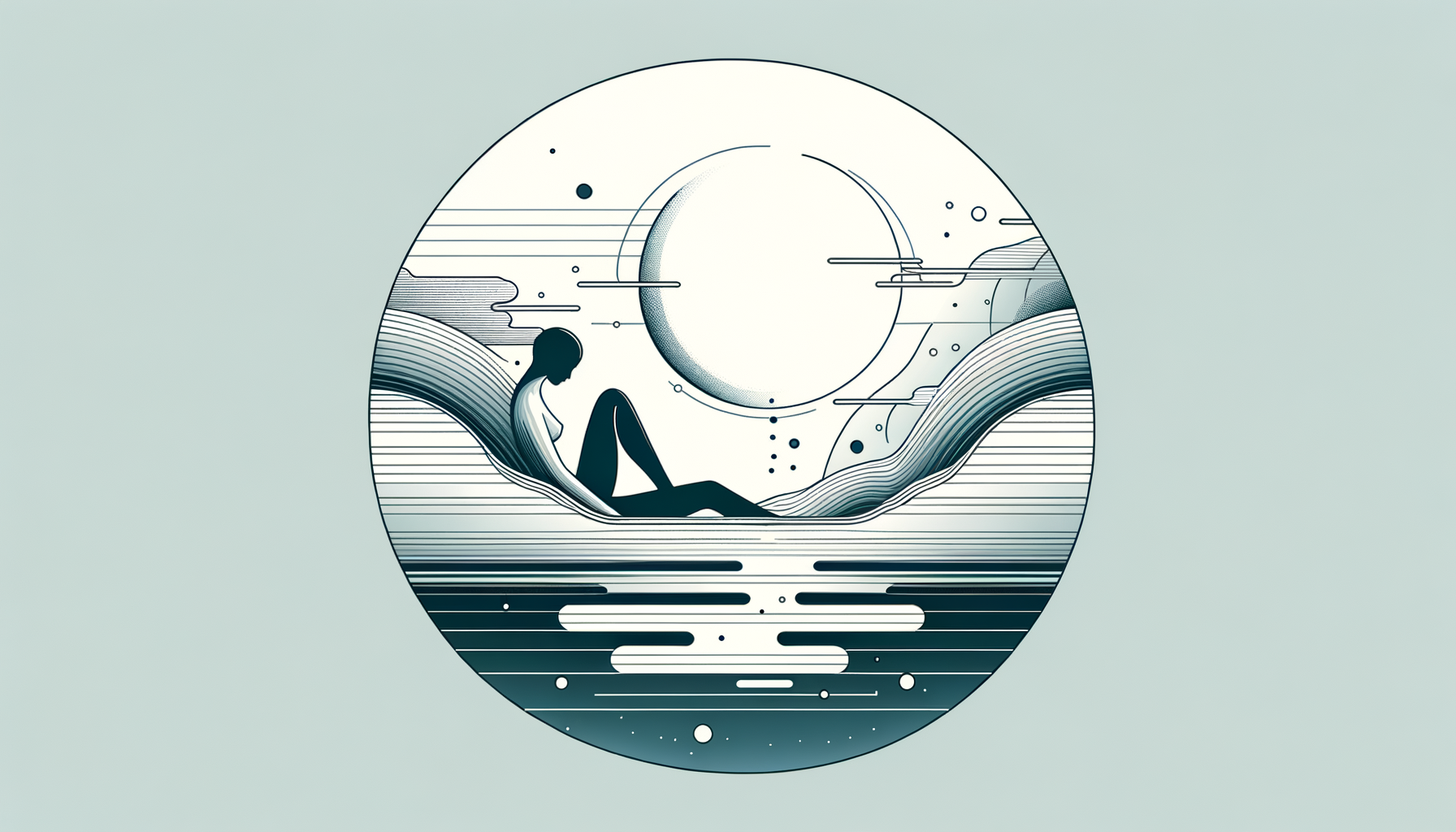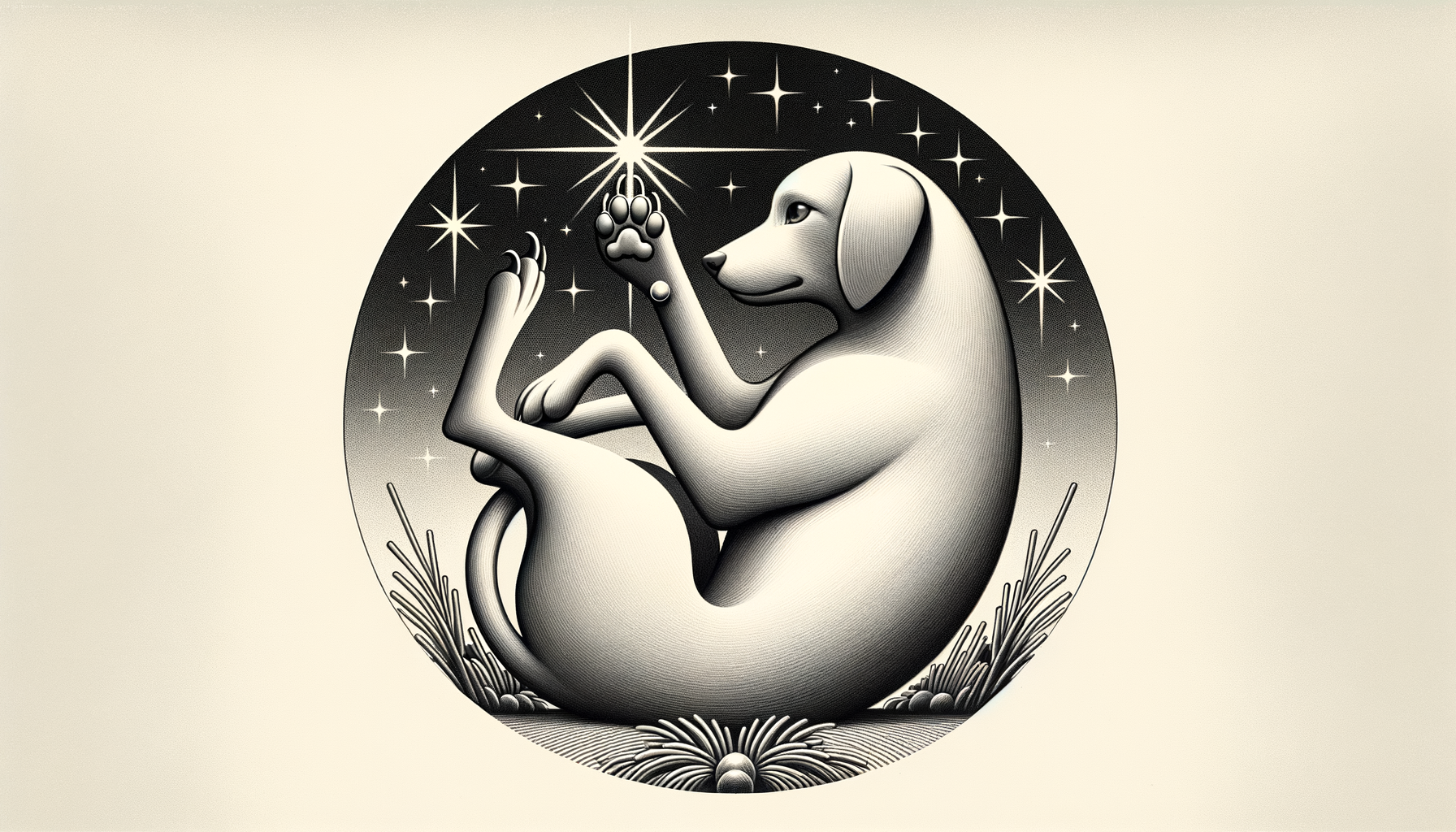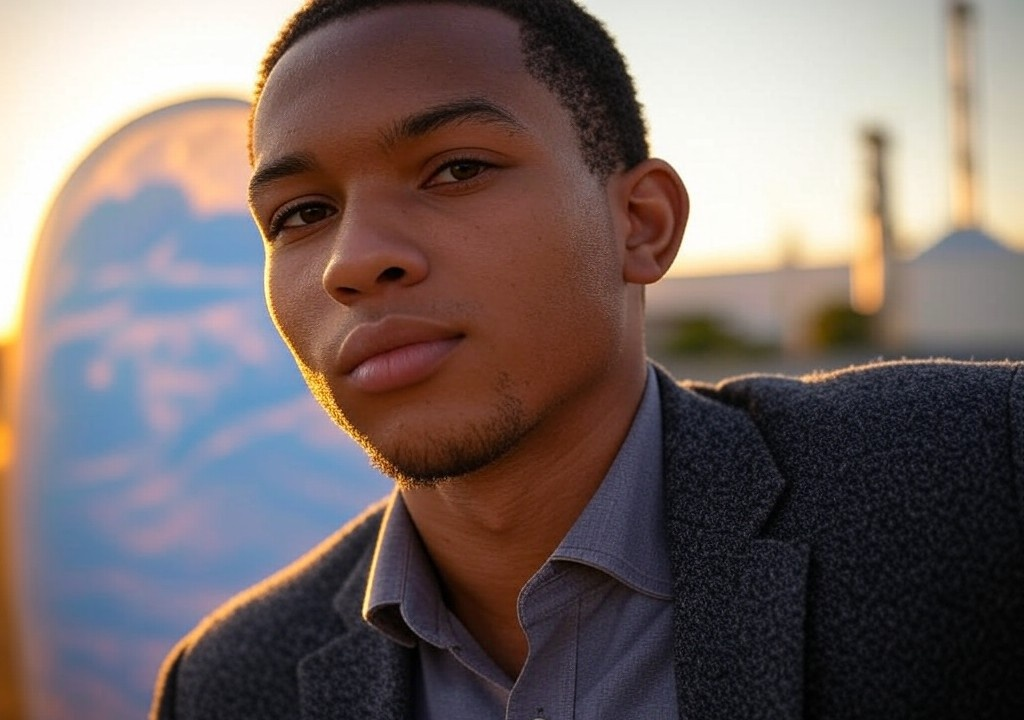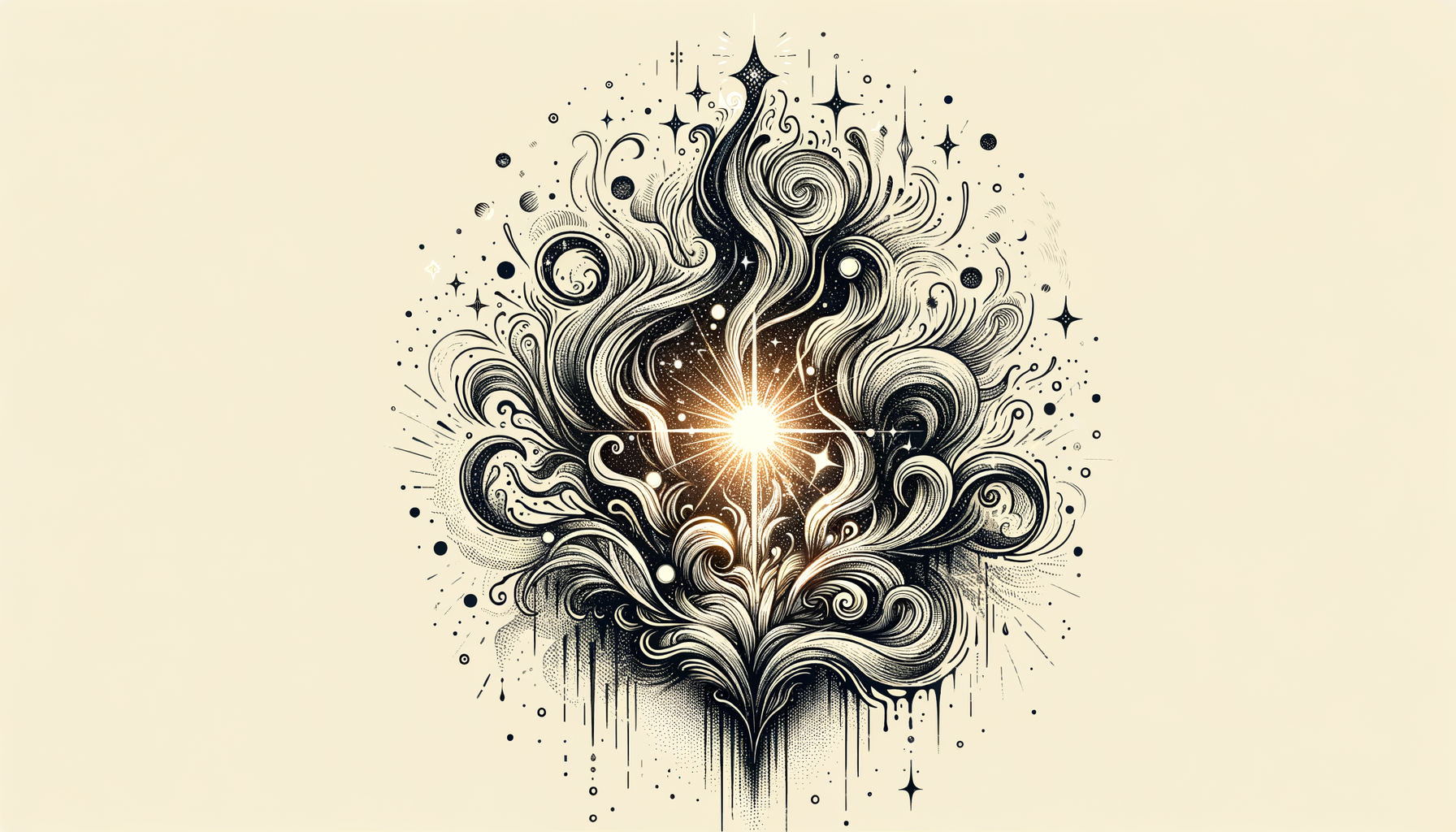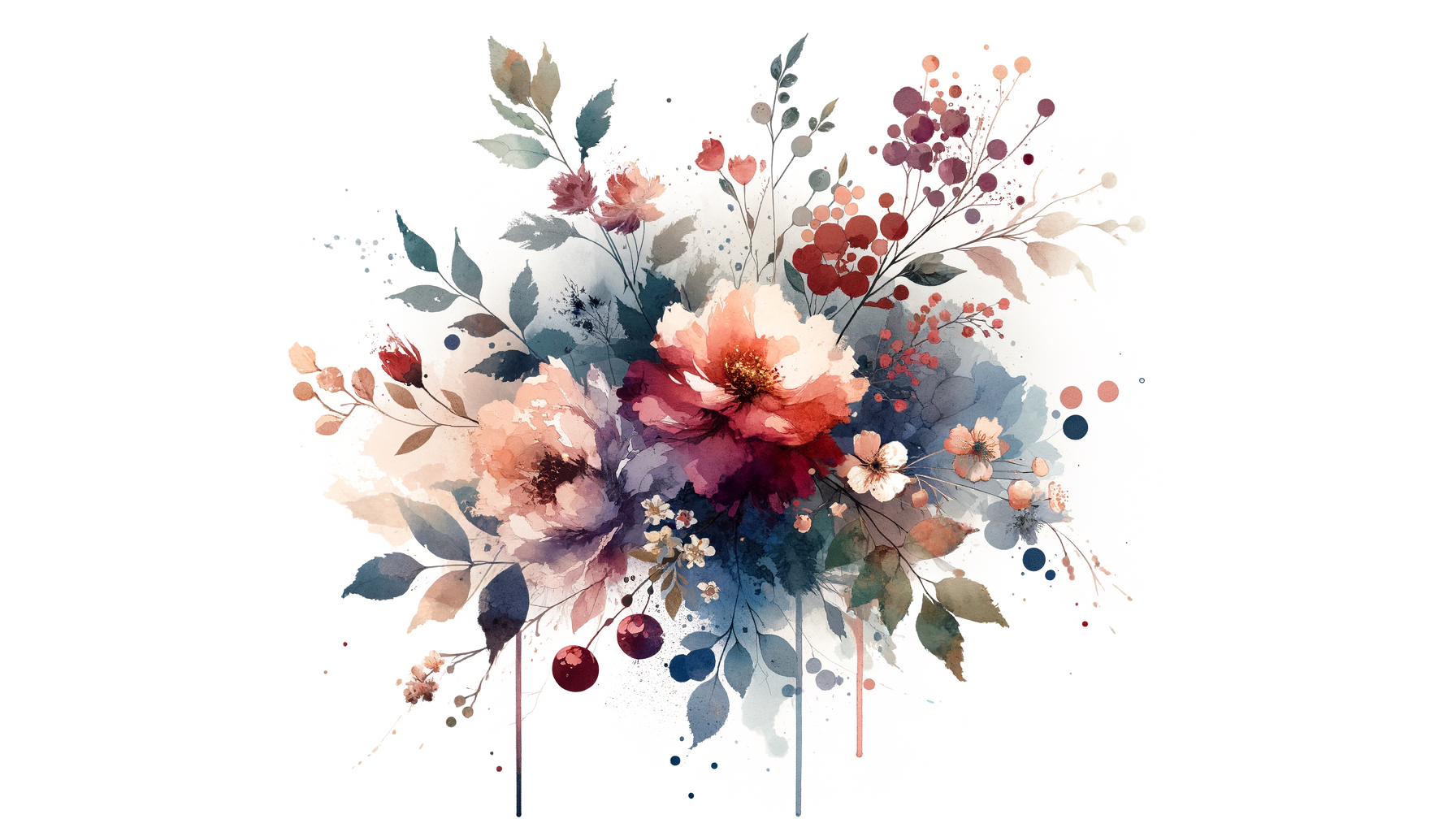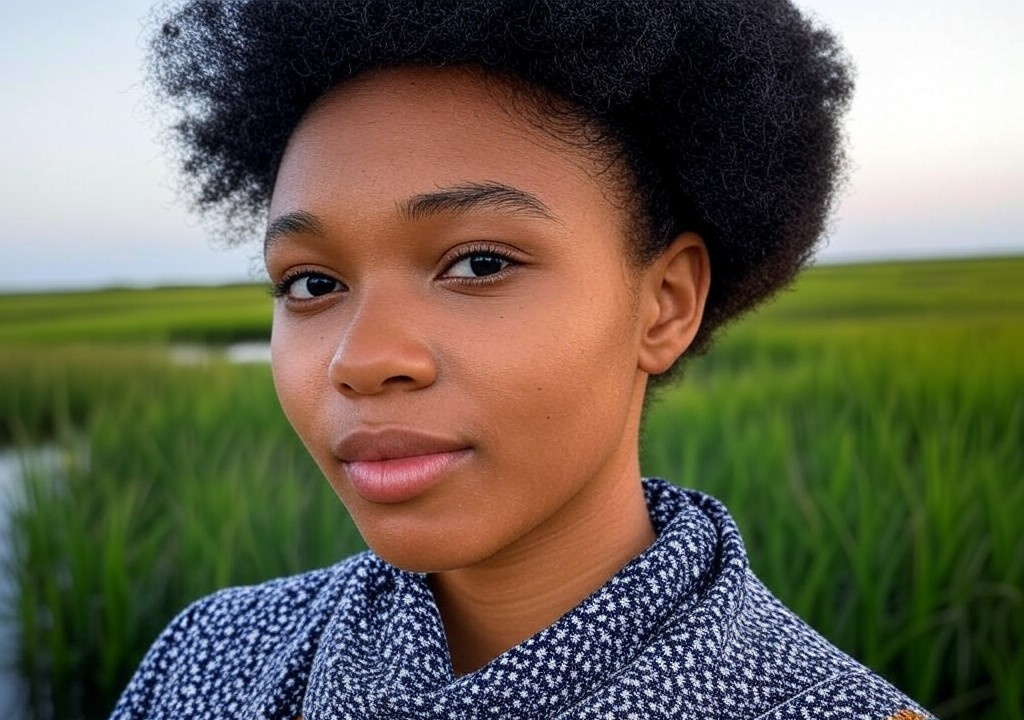The Fear of Falling—and Flying—in Love
Let me paint you a picture: It’s a sunny afternoon in Dallas, the kind of day where you’d expect to find me sipping an iced tea on a shaded patio or browsing the aisles of some quirky local bookstore. Instead, I’m at a zipline park, strapped into a harness that doesn’t feel nearly secure enough, staring at a cable strung between two treetops. The guide tells me to step off the platform like it's just a walk in the park, but my knees have other plans. I’m frozen, heart racing, and entirely too aware of the 50-foot drop below me. Somewhere in that sweaty-palmed moment, clutching a carabiner like it was my salvation, I realized: This wasn’t just a fear of heights. It was a fear of letting go.
Turns out, those harnesses were stronger than I gave them credit for—kind of like the foundations of the best relationships. But I wasn’t about to learn that up in the trees.
Afraid of Where You’ll Land? Same.
Fear of heights isn’t the real villain in my story. It’s the symptom of something trickier: the fear of being vulnerable. I’ve always been careful—not just in adventure sports, but in love. My therapist would call it a self-protective mechanism. I like to call it my “escape hatch.” Having an escape plan has never been a bad thing for me; I could leave a party early, dodge a less-than-thrilling conversation at networking events, and—here’s the kicker—cut ties in relationships before emotional storms could do real damage.
This carried me through my 20s and, honestly, held up pretty well. I’m not ashamed to say I’ve ghosted before. And nobody gets to stick around long enough to break your heart if you’ve already shuffled them offstage with an “it’s not you, it’s me” speech. But when I hit my 30s, something shifted. I realized I wasn’t just avoiding heartbreak; I was avoiding the beauty that comes with risk. That’s when it hit me: I wasn’t living, I was surviving.
And let’s not even talk about the pressure my well-meaning friends threw into the mix. “You’re so picky, Ebony,” or worse, “You really need to put yourself out there!”—as if love could be solicited like the menu at a food truck.
But that zipline moment forced me to reckon with something I’d danced around for years: Falling. Trusting. Opening myself up—not to perfection, but to possibility.
Love as the Ultimate Freefall
Here’s a truth I don’t enjoy admitting: Relationships are inherently risky. And for someone like me, who grew up in a household of high achievers and logic-driven decisions, risk wasn’t exactly part of the syllabus. My parents’ relationship was full of strength—financial, emotional, professional. They set an incredible example. But the perfection of their union? I’ll admit it—sometimes it terrified me. What if I didn’t get it as perfect as they seemed to? What if I wasn’t enough?
It wasn’t until a string of relationships fizzled out and a wise friend (shoutout to Serena) asked me why I shuddered at the idea of failure that I realized something crucial: Love doesn’t have to be neat. In fact, it’s supposed to be messy. Falling in love is like getting caught in the rain—you can either sprint to shelter or stay in the storm and feel alive. Turns out, I’d been choosing shelter every time.
The Baby Steps That Make the Leap Possible
Maybe you’ve felt this way, too—hesitant to leap because you’re just not sure the metaphorical parachute will deploy. Here’s what helped me push past my fear, both in love and way up in those treetops:
-
Start where you are. Sometimes, the hardest part of vulnerability is believing you’re worthy of being seen. Ask yourself: What’s the worst that could happen? Embarrassment? Rejection? These things sting but don’t scar. And the alternative—closing yourself off—is far riskier in the long run.
-
Find your anchors. In my case, it was my incredible group of friends. The ones who didn’t sugarcoat things but reminded me of my worth along the way. Relationships, I learned, are more like ziplines than trapeze acts; you don’t jump without a harness. A good support system will keep you strapped in.
-
Laugh at yourself. Seriously, humor can disarm even the toughest fears. The first time I let a date see how competitive I get during game nights? Mortifying. But we laughed, and it became part of the charm. Vulnerability, it turns out, thrives when you don’t take yourself too seriously.
-
Reframe the “fall.” Falling implies losing control, but what if it’s just a release? I began to see trust not as a risk, but as a gift. Giving someone that trust—whether it’s a friend, a partner, or yourself—is a powerful thing.
How I Got Off the Platform
Spoiler alert: I eventually stepped off that zipline platform. Was it graceful? Nope. I screamed loud enough to startle birds. But halfway across, I realized I wasn’t just surviving this moment—I was enjoying it. It wasn’t because I suddenly became fearless. It was because I chose to trust the harness—and myself.
The same thing happened later that year with a man named Malcolm. He was persistent in a way that unnerved me—calling when he said he would, asking meaningful questions, and letting me see parts of him that were messy and honest. For once, I didn’t look for the nearest exit. That zipline had taught me something profound: You don’t have to predict how you’ll get from A to B; you just have to trust the journey. Two years later, Malcolm is still here, and I’m learning every day to share not only my highs but also my fears.
The True Terrain of Vulnerability
Fear never completely disappears, and maybe that’s the point. Whether you’re staring down a 50-foot drop, an awkward first dance at a wedding, or your own insecurities about being enough for someone else, the goal isn’t to erase the fear—it’s to move through it. Love, in every form, is your harness. It doesn’t mean you’ll never fall, but it does mean you’re far more resilient than you think.
So here’s my challenge to you: Take the leap. Step off the platform. Trust that the cable (or the person) will hold. You might just find that the fall feels a lot like flying.
You’ve got this.



